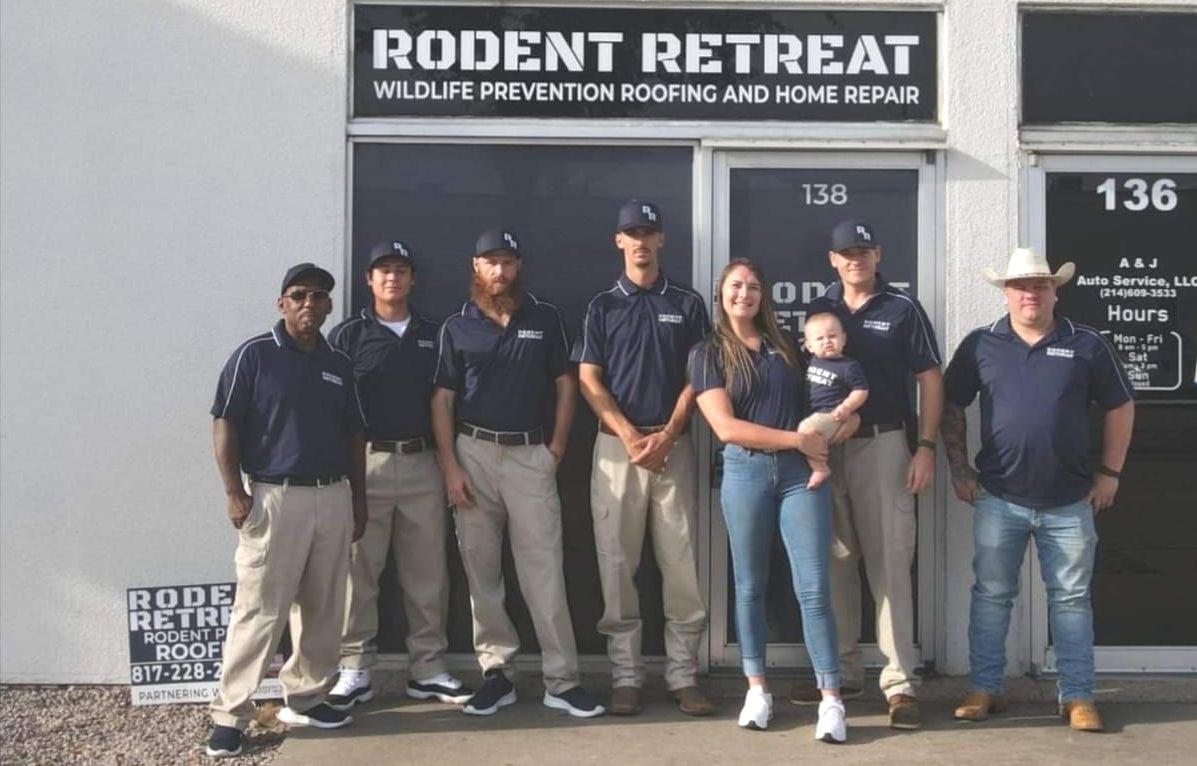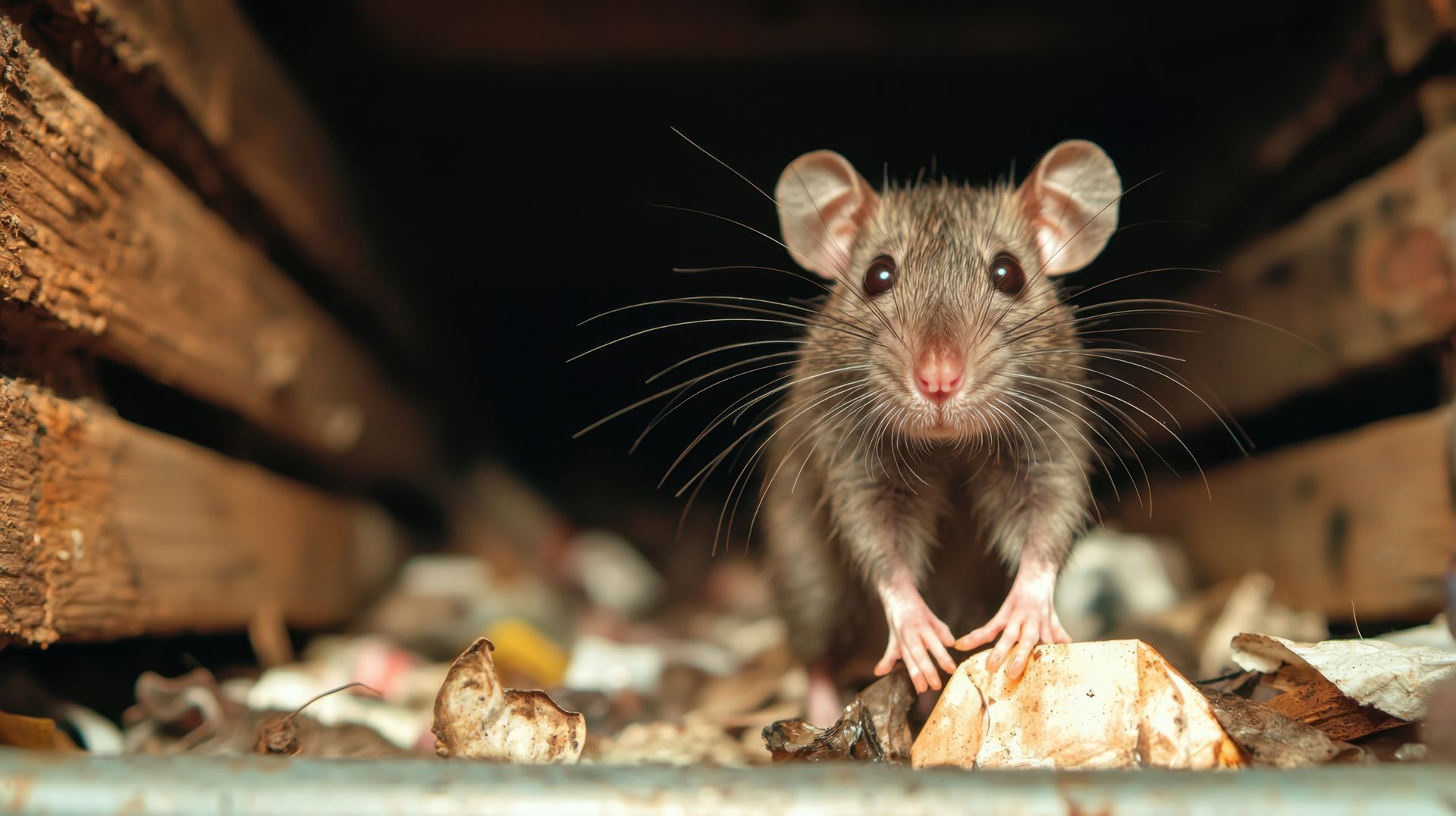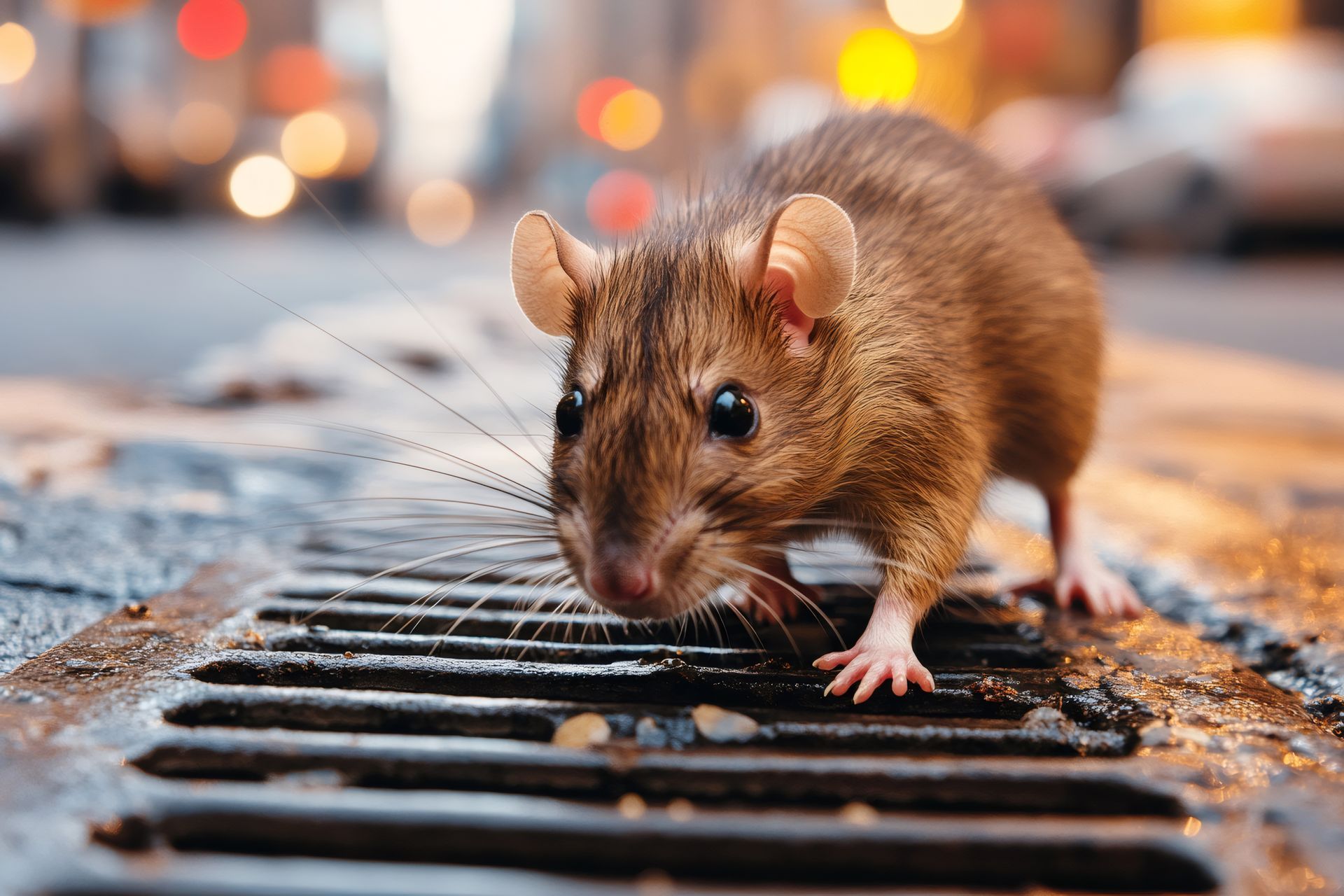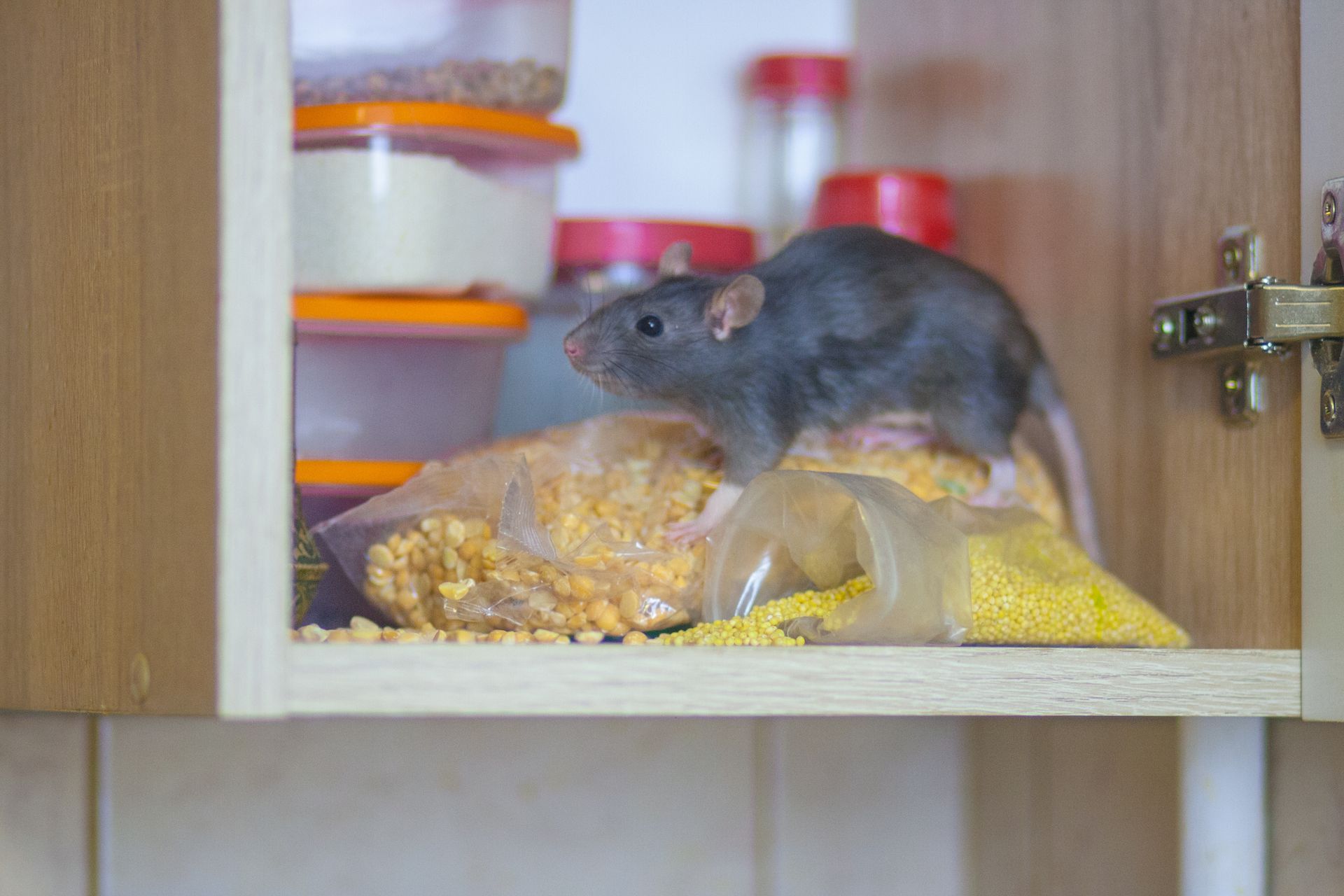
Texas, known for its vast landscapes and diverse ecosystems, is home to a wide array of wildlife, including some less-than-welcome residents—rodents. These pests can cause significant damage to homes, pose health risks, and create a host of issues for residents. In this blog post, we'll delve into the challenges of pest control Texas area, exploring the unique aspects of rodent infestations and the importance of effective prevention and eradication strategies.
The Lone Star State and Its Rodent Residents:
Texas's warm climate, varied topography, and abundance of food sources make it an ideal habitat for rodents. From bustling cities to sprawling rural areas, these adaptable creatures can thrive almost anywhere. Common rodent species in Texas include house mice, roof rats, and Norway rats, each with its own set of challenges for homeowners and pest control professionals.
Rodent Damage: More Than Just a Nuisance:
Beyond the unsettling sight of a scampering mouse or rat, rodents can wreak havoc on homes and businesses. Their gnawing habits can damage electrical wiring, insulation, and structural elements, posing a serious risk of fire and compromising the integrity of buildings. Moreover, rodents are carriers of various diseases, presenting a health hazard to humans and pets. Given the potential consequences, effective pest control is crucial.
Climate Factors and Rodent Activity:
Texas's climate, characterized by hot summers and mild winters, plays a significant role in the prevalence of rodent infestations. While some regions may experience colder temperatures, many parts of the state offer a hospitable environment for rodents year-round. Understanding the seasonal patterns of rodent activity is key to implementing targeted pest control measures.
Pest Control Methods in Texas:
The battle against rodents in Texas requires a multifaceted approach that considers the unique geographical and climatic factors of the state. Here are some effective pest control methods tailored to the Lone Star State:
Sealing Entry Points:
- Identifying and sealing potential entry points is a fundamental step in rodent control. Given the diverse landscapes in Texas, homes can have various vulnerabilities, including gaps in foundations, cracks in walls, and unsealed vents. Professional pest control services often conduct thorough inspections to locate and seal these entry points, preventing rodents from gaining access.
Environmentally Friendly Solutions:
- With the increasing emphasis on eco-friendly practices, many pest control companies in Texas are adopting environmentally safe solutions. This includes the use of non-toxic baits, humane traps, and exclusion methods that minimize harm to the environment and non-target species.
Regular Inspections and Monitoring:
- Given the dynamic nature of rodent populations, regular inspections are essential for early detection and intervention. Pest control professionals in Texas recommend routine monitoring to identify signs of infestations, allowing for prompt and effective action.
Integrated Pest Management (IPM):
- Integrated Pest Management is a holistic approach that combines preventive measures, monitoring, and targeted interventions. By addressing the root causes of infestations and implementing a combination of strategies, IPM is a comprehensive method that aims for long-term pest control success.
Adapting to Regional Variations:
- Texas's vast size and diverse ecosystems mean that pest control strategies may need to be adapted based on regional variations. Coastal areas, for example, may face different challenges than inland regions. Pest control professionals with local expertise can tailor their approaches to address specific environmental factors.
The Role of Community Awareness:
In the battle against rodent infestations, community awareness and education play a crucial role. Many residents may not be aware of the potential risks associated with rodents or the preventive measures they can take. Public health campaigns, workshops, and informational resources can empower communities to actively participate in pest control efforts, creating a more resilient and rodent-resistant environment.
Challenges and Innovations in Pest Control:
Despite ongoing efforts, challenges persist in the field of pest control. Rapid urbanization, climate change, and evolving rodent behaviors require continual adaptation of pest management strategies. Fortunately, technological advancements are contributing to more effective and sustainable solutions. From smart traps and sensors to data-driven analytics, the integration of technology is enhancing the precision and efficiency of pest control measures in Texas.
Frequently Asked Questions
- What would pest control do?
Pest control workers inspect a building and its premises for signs of pests. Pest control workers remove unwanted pests, such as roaches, rodents, ants, and termites, that infest buildings and surrounding areas. - What is the purpose of the pest control?
Pest control provides protection from harmful insects that can cause public health issues and costly damages to property. When people hear “pest management” or “pest control”, they are typically thinking about the eradication of roaches, a spiders, or fleas. - Why do we need to prevent and control pests and rodents?
Answer: Prevention eliminates the contact you have with bothersome and sometimes damaging pests. Common household bugs that can pose a problem to your health include poisonous spiders and cockroaches and rodents like mice and rats are also known for spreading diseases.
Conclusion:
Rodent retreats are an unwelcome reality for many Texans, but with the right knowledge and strategies, the battle against these pests can be won. By understanding the unique challenges posed by the state's climate and geography, implementing targeted pest control Texas methods, and fostering community awareness, Texas residents can create a rodent-resistant environment. As innovations in pest control continue to emerge, the Lone Star State can lead the way in developing sustainable, effective, and environmentally friendly solutions to keep rodent infestations at bay.


Services
SERVICE AREAS
Send us a message
Send us a Message
We will get back to you as soon as possible.
Please try again later.



